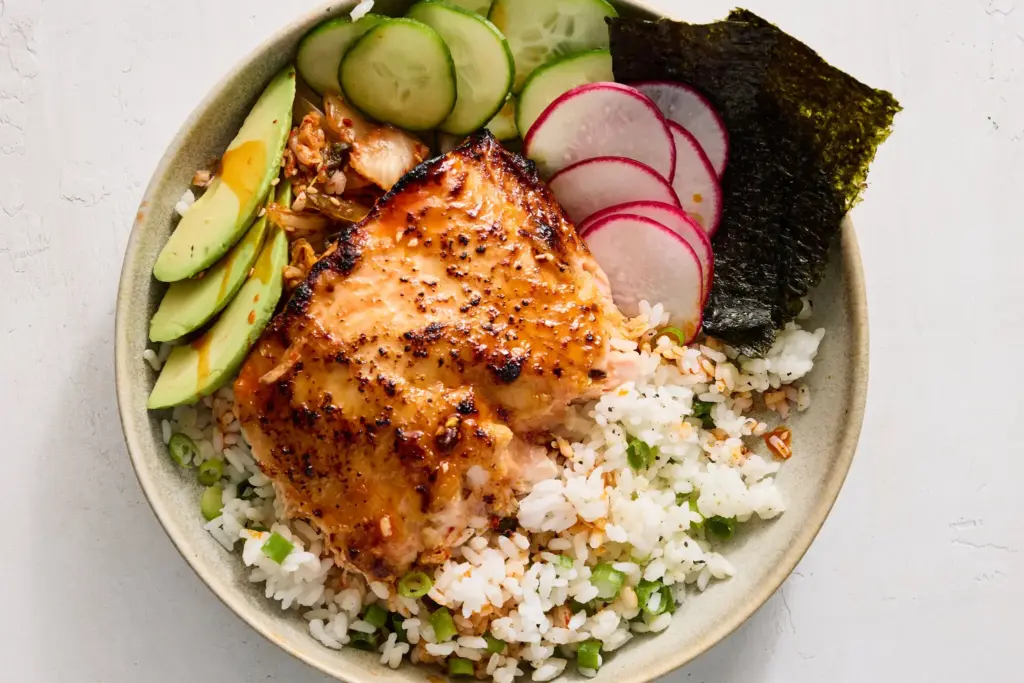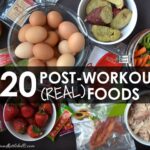The dream: delicious, healthy meals on demand. The reality: staring into the fridge on a Tuesday night, too tired to cook, and ordering a regrettable takeaway. If this sounds familiar, you’re not alone. The time and energy required for daily cooking are major roadblocks to maintaining a healthy diet.
But there’s a secret weapon that transforms this struggle into a triumph: meal prepping. Meal prep isn’t about eating the same bland, boring food every day. It’s about a single, dedicated session of cooking that gives you back hours of your week, saves you money, and ensures you’re fueling your body with nutritious food, even on your busiest days.
This guide will walk you through the art of meal prep, from planning and cooking to smart storage, so you can achieve culinary freedom without sacrificing your health goals.
The Undeniable Benefits of Meal Prep
Before we dive into the “how,” let’s look at the “why.” The benefits of meal prep extend far beyond just having food ready to go.
- Saves Time: The most obvious benefit. A couple of hours on a Sunday can free up an hour or more every single weeknight.
- Saves Money: By planning your meals and grocery list in advance, you avoid impulse buys and reduce food waste.
- Encourages Healthier Eating: With healthy meals ready and waiting, you’re far less likely to resort to fast food or highly processed convenience foods.
- Reduces Stress: Decision fatigue is real. Meal prep eliminates the daily stress of figuring out “what’s for dinner?”
- Aids in Portion Control: When you portion out your meals into individual containers, you know exactly what you’re eating, which is a huge advantage for weight management or fitness goals.
Phase 1: The Planning and Shopping Session
A successful meal prep week begins with a solid plan. Don’t skip this step!
1. Create Your Weekly Menu: Start by outlining your meals for the week. You don’t have to plan every single meal. Focus on the ones where you’re most likely to falter—lunches for work, or busy weeknight dinners.
- Theme Nights: Give each day a theme to spark creativity and avoid monotony. Think “Taco Tuesday,” “Pasta Wednesday,” or “Stir-Fry Thursday.”
- Choose Versatile Recipes: Select recipes that use similar ingredients. For instance, roast a large batch of chicken, and use it for salads, wraps, and a grain bowl throughout the week.
- Incorporate Cook-Once, Eat-Twice Meals: Soups, stews, chilis, and curries are perfect for this. They often taste even better on the second or third day as the flavors meld together.
2. Make a Detailed Grocery List: Based on your menu, write a comprehensive shopping list. Check your pantry and fridge first to see what you already have. This prevents you from buying duplicates and saves money. Stick to the perimeter of the grocery store where the fresh produce, meat, and dairy are, and only venture into the inner aisles for staples.
Phase 2: The Meal Prep Session
Designate a block of time, usually on a Sunday, to get everything done. Put on some music or a podcast, and make it an enjoyable ritual. There are a few different approaches you can take:
Method A: Batch Cooking This is the most common method. You cook entire meals from start to finish, then portion them into individual containers.
- Best for: Soups, chilis, stews, curries, casseroles, and baked dishes like lasagna.
- Example: A large pot of turkey chili or a hearty lentil and vegetable curry.
Method B: Component Prep Instead of cooking full meals, you prepare individual components that can be mixed and matched throughout the week.
- Best for: People who crave variety and don’t want to eat the exact same meal.
- Example: Roast a large tray of vegetables (broccoli, sweet potatoes, bell peppers), grill a few chicken breasts, cook a big batch of quinoa or brown rice, and chop a variety of salad vegetables. Throughout the week, you can combine these components to create different meals, like a chicken and veggie bowl on Monday and a chicken salad on Tuesday.
Method C: Freezer Meals For true long-term planning, make large batches of freezer-friendly meals.
- Best for: Saving time over the course of an entire month.
- Example: A double batch of bolognese sauce, portioned out for quick weeknight pasta, or individual servings of black bean burgers.
Phase 3: Smart Storage and Reheating
This is where your meal prep comes to life. Proper storage is key to keeping food fresh and safe.
- Containers are Your Best Friend: Invest in high-quality, airtight containers. Glass containers are a great choice as they are microwave-safe, dishwasher-safe, and don’t stain. Containers with dividers are excellent for keeping components separate.
- Cool Food Completely: Before packing your meals, ensure they have cooled down to room temperature. Sealing in hot food creates condensation, which can lead to bacterial growth and soggy food.
- Label and Date: This simple step prevents food waste. Use a piece of tape or a marker to label each container with its contents and the date it was prepared.
- Reheating: Most meal prep items can be reheated in a microwave or on the stovetop. For baked dishes, a toaster oven or traditional oven can help bring back a more “freshly cooked” texture.
Getting Started: Easy Meal Prep Ideas
Ready to dive in? Here are a few simple, foolproof meal prep ideas to get you started:
- Breakfast: Overnight oats in mason jars, hard-boiled eggs, or make-ahead breakfast burritos.
- Lunch: Chicken and quinoa power bowls, salads with dressings on the side (kale or hearty greens hold up better than lettuce), or simple lentil soup.
- Dinner: Sheet pan dinners (roast a protein and vegetables together), shredded chicken or pork for tacos and sandwiches, or a big pot of chili.
Meal prep is a skill that gets easier with practice. Start small—maybe just prepping your lunches for the week—and gradually build from there. The initial investment of time will pay off in spades, giving you more time, more money, and a healthier, more organized lifestyle. So, grab your containers, make a plan, and master the art of healthy eating, one week at a time.


